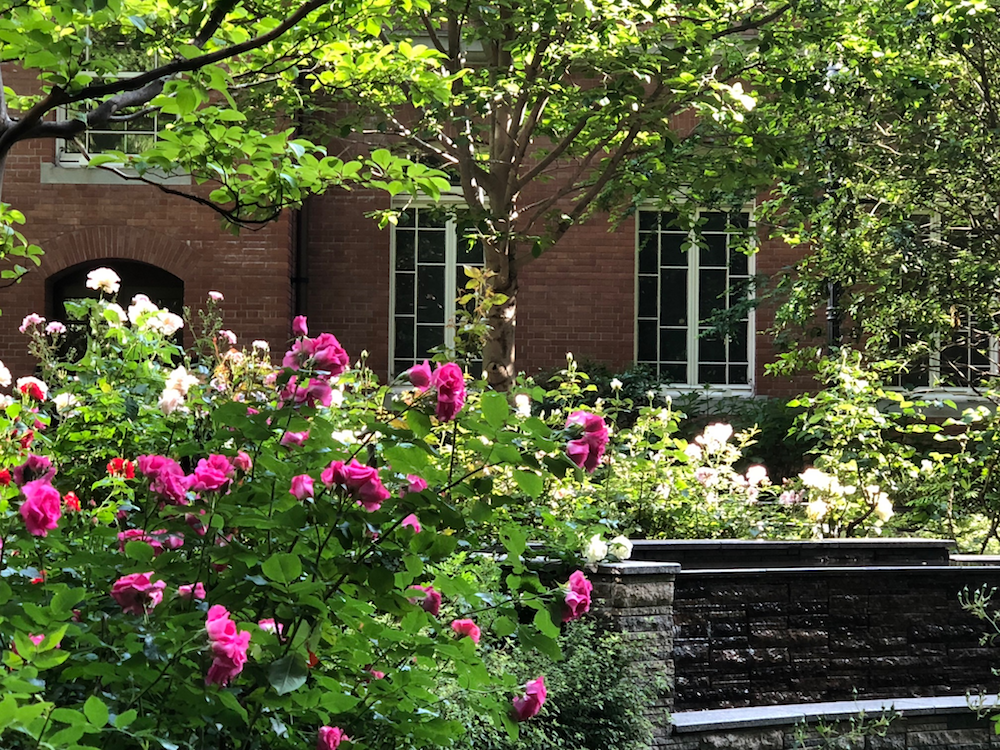Foreword On the Occasion of the Mitsubishi Ichigokan Museum, Tokyo’s Tenth Anniversary
TAKAHASHI Akiya
(Director,Mitsubishi Ichigokan Museum, Tokyo)
On April 6, 2010, the day that both the Mitsubishi Ichigokan Museum and the Manet et le Paris moderne exhibition opened, the museum was still an unknown quantity. Nevertheless, I had already formed a clear image of the new facility in the back of my mind by the time I arrived there in Marunouchi some four years earlier after leaving The National Museum of Western Art in Ueno.
In short, I envisioned something that would combine a historical building with a beautiful, serene exterior with functional interior spaces that would meet contemporary needs, and something that would be closely linked to the daily lives of urban dwellers here in the heart of the city. In other words, I saw the museum as a new and highly distinctive facility, the like of which was quite unusual in Japan up until that point.
Immediately after I heard about the plan to open this museum, I developed a concrete image of the kind of facility that would enrich the city and the daily lives of the people working in it as well as nourishing their lives. I was convinced that a museum could play a central role in the future of Tokyo’s Marunouchi district, a highly significant place both domestically and internationally where over two hundred and eighty thousand people work at the forefront of the economic and social world.

Over the years, we have presented more than three exhibitions annually since the museum opened, for a total of thirty-one events. Each exhibition requires several years of preliminary work. Then after it opens, the curator in charge busily delivers a round of talks and lectures as well as writing articles and appears in a variety of media outlets, including newspapers, magazines, TV, and on the internet. Thus, it is necessary for them to meet and communicate with a host of different people over that period. Finally, all of the display works, which the artists did their utmost to create, make a quiet and eloquent effort to catch the visitors’ eyes and capture their hearts. It was due to this accumulation of countless encounters and undertakings that the number of people who are familiar with art and the museum has rapidly increased over the last decade. Many visitors to the Mitsubishi Ichigokan have expressed the same sense of satisfaction, honoring us with comments such as “That was a splendid exhibition,” “My visit filled me with a new zest for life,” and “This is a truly beautiful museum.” Nothing makes those of us who work at the museum happier than hearing remarks like these.
The museum staff, originally only a handful of people, has also gradually increased, and at present numbers twenty-five outstanding employees in the curation, public relations, education, and management departments along with some full-time specialists, who are in charge of maintaining and operating the facility. In addition, Café 1894 and Store 1894, housed within the museum building, have received favorable reviews as unique venues in their own right. The staff of the company that guards and monitors the building and comes into daily contact with the visitors has also shown a deep understanding of the museum, and displayed an impressively serious attitude to protecting the safety of both the artworks and the people. Recently, it seems to me that the last ten years have demonstrated the simple fact that nurturing the positive reputation of a museum is dependent on the efforts and combined strength of every one of the people who are involved with the facility.

All of the staff’s feelings, which are contained in each exhibition, and their thoughts regarding the reactions and results after the show opens are certain to take a variety of forms. But, as for my personal sentiments regarding the achievements of the last decade here in Marunouchi, I am filled with nothing but satisfaction and gratitude. Of special note is the museum’s small but world-class collection, which includes exquisite works by Toulouse-Lautrec and Félix Vallotton, and Odilon Redon’s pastel masterpiece Grand Bouquet. At this point, it seems to me that we have made substantial progress in achieving the goals that we set for ourselves, those made after an extended period of discussions prior to the museum’s opening.
Rather than being a public utility foundation, the museum is a division of the Mitsubishi Estate Company—an organizational form that is quite unusual for a museum. Despite this, the company, in light of its commitment to making a social contribution, has treated us warmly by recognizing the unique mission and special characteristics of the museum, which differs from an ordinary company. I would like to take this opportunity to extend my deep appreciation to all of the many people who have assisted in every aspect of organizing the exhibitions, including the shipping and transport of the artworks, the design and construction of the displays, and the preservation of the works. I would also like to express my sincere gratitude to the numerous individuals, both in and outside of Japan, who have supported the museum in varying ways. It is my hope that the future of the museum will only grow brighter and brighter.